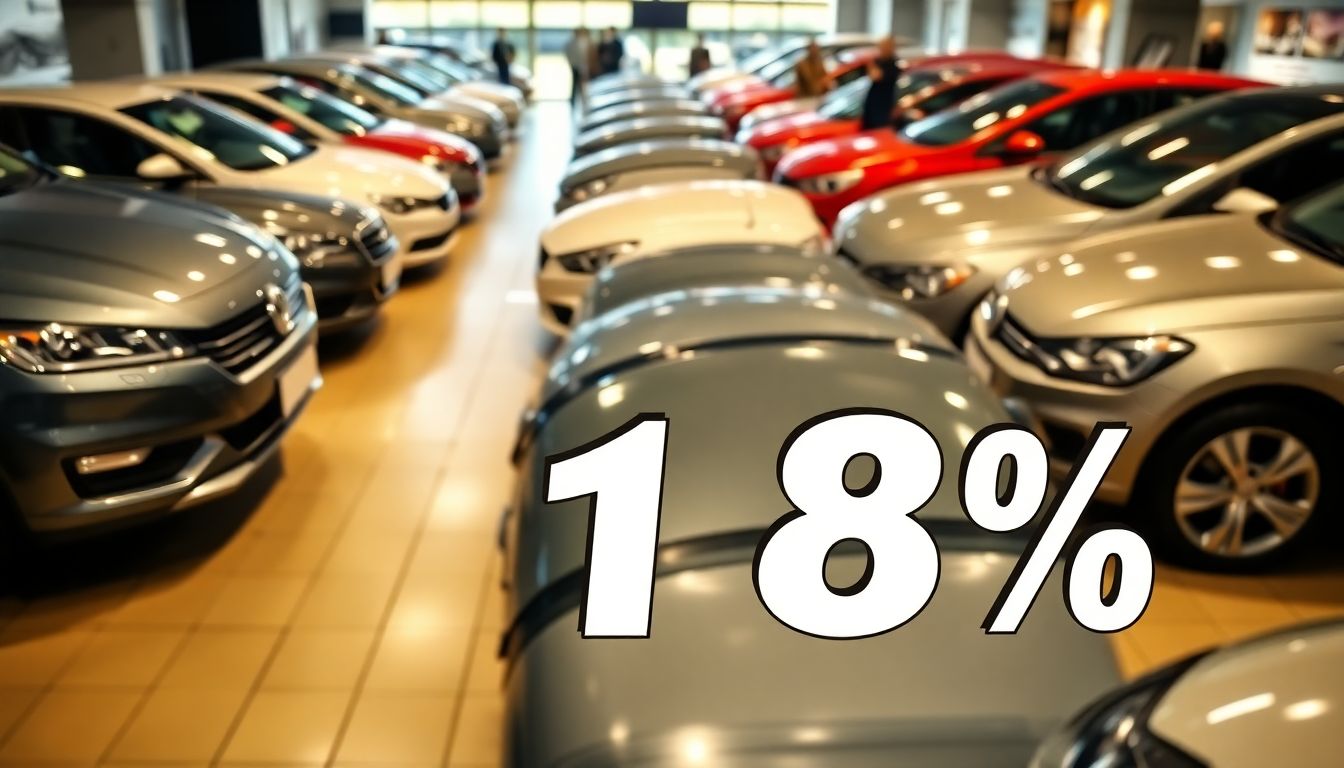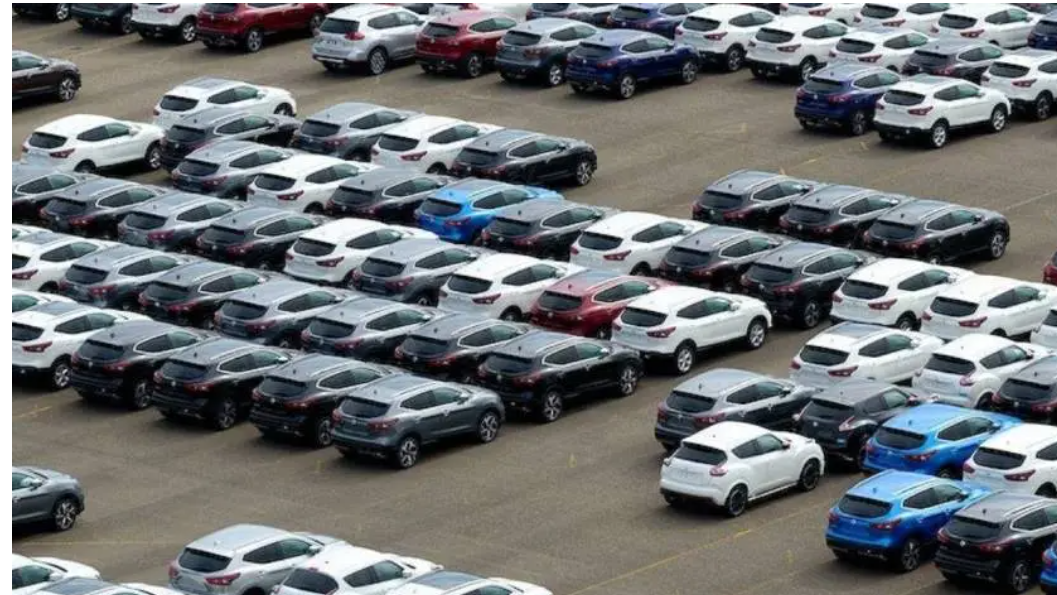
GST on Used Cars Explained: What You Need to Know About the Newly Introduced 18% Rate?
The introduction of an 18% GST on used cars has raised questions and concerns among buyers and sellers alike. Understanding this change is crucial for navigating the used car market effectively. Here’s a detailed look at what this new tax means for all involved.
The Shifting Sands of Used Car Taxation
The Rise of Used Car Sales and its Impact
In recent years, the demand for used cars has surged. This is due to factors like economic shifts, rising new car prices, and a growing focus on sustainability. The used car market’s expansion means more transactions and potential tax revenue for the government.
The Previous GST Landscape for Used Cars
Previously, GST on used car sales varied based on factors like the vehicle’s age and value. Many buyers were accustomed to lower tax rates, making the market more appealing. This landscape has now changed significantly.
The Implications of the New 18% GST Rate
The newly introduced 18% GST impacts buyers and sellers directly. Buyers will face increased costs, while sellers need to adjust their pricing to maintain profitability. Understanding these implications is essential for making informed decisions.
Understanding the 18% GST on Used Cars
How the 18% GST is Calculated
This tax is calculated on the sale price of the used car. Sellers must account for this when setting prices, as it affects the final cost for buyers. An example would be a car sold for $10,000, where the GST would add an additional $1,800 to the price.
Who Bears the Burden of the New Tax: Buyer or Seller?
Typically, the buyer ultimately bears the tax burden. However, sellers may choose to adjust their prices to absorb some of the costs, impacting their profit margins.
Comparing the New Rate with Previous Tax Structures
The previous tax structures were often lower, sometimes around 5-12%. The jump to 18% significantly changes the landscape, increasing overall prices in the market.
Impact on Used Car Buyers
Increased Costs for Consumers
With the 18% GST, buyers will see an increase in vehicle costs. This may lead some to delay purchases or reconsider their budget. It’s vital for buyers to factor this tax into their financial planning.
Shifting Market Dynamics and Consumer Behavior
Price increases can shift buyer behavior. Consumers may seek out fewer expensive models, opt for older vehicles, or even explore alternative transportation options.
Potential Strategies for Buyers in the New Tax Regime
- Research: Understand the total cost, including taxes.
- Negotiate: Sellers might be willing to lower the base price.
- Explore Financing: Look into loans that include tax considerations.
Impact on Used Car Sellers
Adjustment Strategies for Dealers and Private Sellers
Sellers must adapt to the new tax landscape. Many will need to rethink pricing strategies and offer incentives to attract buyers.
Implications for Profit Margins and Business Operations
The new tax rate will squeeze profit margins, especially for dealers with high overheads. Sellers may need to optimize operations or find ways to cut costs.
Navigating the New Tax Compliance Requirements
Sellers must also ensure compliance with GST regulations. This includes proper invoicing and documentation to avoid penalties.
Navigating the Legal and Compliance Aspects
Understanding GST Registration Requirements for Sellers
Both dealers and private sellers may need to register for GST. It’s essential to be aware of the thresholds and requirements to stay compliant.
Proper Documentation and Invoice Generation Procedures
Complete and accurate documentation is critical. Sellers must generate invoices that clearly outline taxes to maintain transparency with buyers.
Penalties for Non-Compliance
Failing to comply with GST regulations can lead to significant penalties. Sellers should prioritize understanding the legalities to avoid fines.
Future Outlook and Predictions
Potential Economic Effects of the New GST Rate
The increase in GST may slow down the used car market temporarily. However, as consumers adjust, the market may stabilize over time.
Possible Government Policy Adjustments
The government might revisit the GST on used cars based on market feedback. Keeping an eye on potential changes could benefit both buyers and sellers.
Advice for Both Buyers and Sellers Moving Forward
- Buyers: Continue to research and understand the market.
- Sellers: Stay informed about tax obligations and market trends.
Conclusion: Key Takeaways and Actionable Steps
Summary of the New GST Regulations
The introduction of an 18% GST on used cars alters the market dynamics significantly. Understanding this tax is essential for both buyers and sellers.
Practical Tips for Buyers and Sellers
- Buyers should adjust budgets and consider negotiations.
- Sellers must re-evaluate pricing and ensure compliance.
Resources for Further Information
For more insight into GST regulations and updates, visit official government websites or consult with tax professionals. Staying informed is key to navigating this new tax environment effectively.
Baby John Movie Review and release LIVE Updates: Varun Dhawan impresses as an action hero in a famil












Thanks for sharing. I read many of your blog posts, cool, your blog is very good.
Thank you for your sharing. I am worried that I lack creative ideas. It is your article that makes me full of hope. Thank you. But, I have a question, can you help me? https://accounts.binance.com/zh-TC/register?ref=VDVEQ78S
https://youtube.com/live/NDsvHrJK9iY?feature=share
Can you be more specific about the content of your article? After reading it, I still have some doubts. Hope you can help me.
Thanks for sharing. I read many of your blog posts, cool, your blog is very good.
I don’t think the title of your article matches the content lol. Just kidding, mainly because I had some doubts after reading the article.